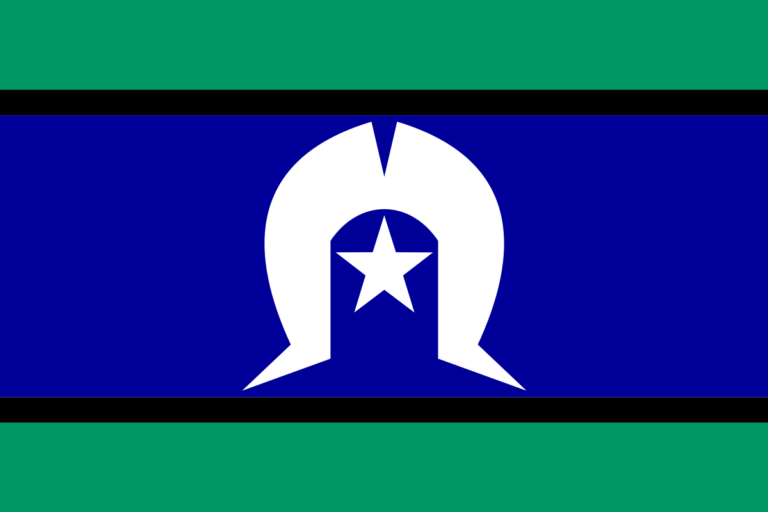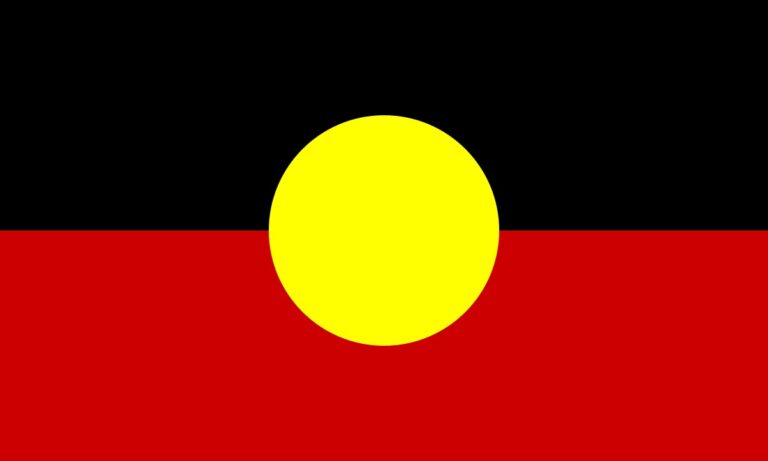The alcohol policies and legislation review (also known as the Riley review) was conducted in response to the high levels of alcohol harm in the Northern Territory (NT). Roughly one in three Territorians drink at levels that place them at risk of both short- and long-term harm. A landmark report last year confirmed the risks associated with consuming alcohol, revealing that no amount is risk-free and every drink increases the individual’s risk of cancer. Alcohol-related harm cost the NT $642 million in 2004-05.
The introduction of a risk-based licensing scheme (RBL) was recommended by the Riley Review to replace the current system where licensees in the NT pay a one-off fee of $200 to apply for a licence and thereafter no annual fees are paid.
PAAC and FARE strongly support the introduction of a risk-based licensing scheme to replace the current scheme which is grossly outdated and inadequate.
Alcohol outlets should pay an annual fee proportionate to the risk their operations pose to the community and the taxpayer. The new RBL scheme should raise sufficient revenue to fund the cost of administering the NT’s liquor regulation system. Licensees, not taxpayers, should foot the bill for the administration of liquor licences.
The most critical aspect of the scheme is that it must include a base fee and risk loadings that reflect the risk associated with a licence type. There is still work to be done to ensure these are set at a level that will be effective in deterring high risk operations and incentivising licensees to reduce risk.
The proposed draft framework is a good start and has its strengths, but also weaknesses. PAAC and FARE have made the following recommendations where the framework could be strengthened.
Recommendations
- The modelling used to develop the risk-based licensing framework be made publicly available so that the Government and the community can be confident that the RBL scheme in the NT will be effective in reducing alcohol harm.
- The Government provide greater transparency on all the factors that are considered when assessing the risk of a venue. Make this information publicly available for all venue types and the community be given the opportunity to comment before the risk ratings are finalised.
- The risk rating of casinos be reclassified to a high or very-high risk rating.
- The factors that determine the risk of a licence specifically include late trading hours, with later trading hours incurring a higher fee.
- The fee loading for the volume of individual takeaway licences distinguishes between small, medium and large licences when calculating the standard volume, in order to avoid distortion of the standard volume by takeaway licences with very high turnover.
- In the absence of sufficiently detailed wholesale sales data, licensed venues be directed to record the annual volume of sales as a condition of their licence and report this to the regulator. The regulator closely monitor this data to ensure its integrity.
- Discounts are not applied to the risk-based licensing fee. Base fees send a price signal to all licensees that they are trading in a product that contributes to high levels of harm.
- Loadings for breaches of a liquor licence and/or the Liquor Act be increased to send a strong message to licensees that breaches are not tolerated by Licensing NT.
- Additional consequences introduced for licensees who repeatedly breach their licence conditions, along the lines of those applied in NSW.
- The risk-based licensing system include a base fee and risk loadings that reflect the risk associated with a licence type, which are set at a level that will be effective in deterring high risk operations.
- Risk loadings account for the following risk factors:
- Patron capacity of the licenced venue
- Trading hours outside of standard trading hours, with a stepped increase for late and late trading hours (eg after 10pm, 12am, 1am, 2am, 3am, 4am)
- The location of venue, including proximity to other venues; density of liquor outlets; its location in a high-risk area such as an entertainment precinct; and locations with high levels of assaults, domestic violence and/or child neglect and maltreatment
- Volume of gross liquor available for sale, taking into consideration different licence types and variations within types
- The number of licences owned by a licensee
- Breaches of the Liquor Act and/or licence conditions.


